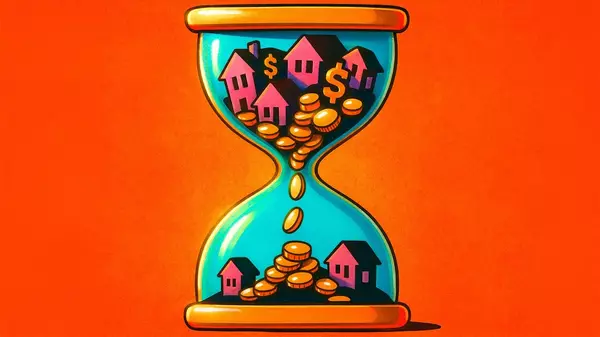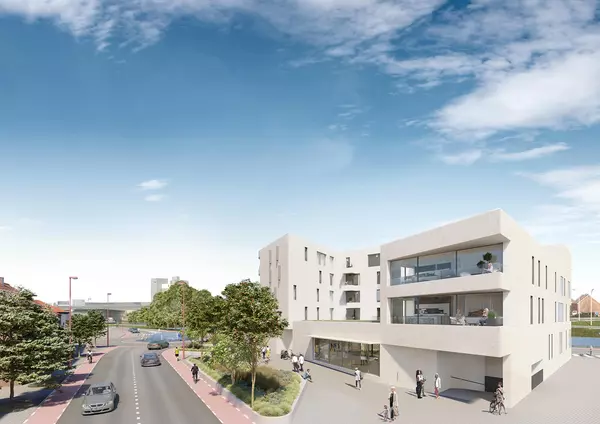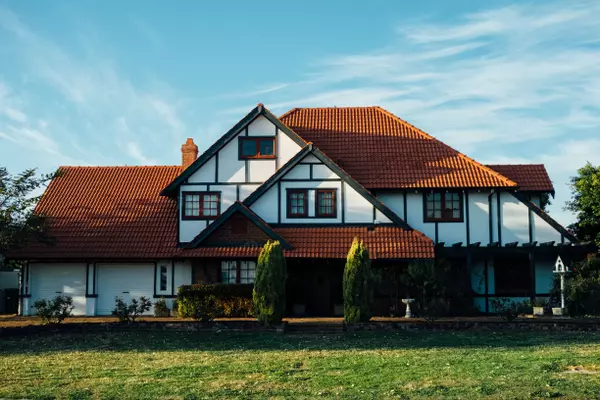How Zoning Ruined the Housing Market in Blue-State America


Getty Images
In January, the devastating wildfires in Los Angeles spurred California Gov. Gavin Newsom to do something extraordinary for a progressive politician: take aim at regulations. In an executive order designed to help residents rebuild, Newsom suspended environmental reviews, told state agencies to identify rules that might impede construction and instructed bureaucrats to rush any necessary permits through the process.
The measures, Newsom explained, were made necessary by the loss of thousands of homes in a city already suffering a housing crisis. All of which seemed perfectly reasonable. So reasonable, in fact, that it raised a troubling question: If the only way to rebuild was to suspend the regular rules, why were those rules there in the first place?
The answer is that the rules were intended to make it all but impossible to build, not just in California but in much of blue-state America. The efforts of three generations of progressive reformers, seeking to address the problems of their eras, have created a regulatory regime in much of the country that has made it extraordinarily difficult to build new housing where it is needed most.
When we stop building homes where people want to live, Americans lose the chance to move toward opportunity. In a properly functioning economy, workers relocate to find better-paying jobs in faster-growing industries. In the U.S. today, workers instead often remain stuck where they are. As recently as 1970, one in five Americans moved each year. But after a half-century of steady decline, the Census announced in December that we had set a dismal new record, with scarcely one in 13 people relocating to a new home.

(Mario Tama/Getty Images)
That’s not just a problem for those who are stuck. It’s a big cost for all Americans—by one estimate, lowering GDP by $1.8 trillion each year. Perhaps nowhere is the problem more acute than in California, where it has produced overlapping crises of affordability, homelessness and population loss.
How did we reach this sorry state of immobility, in which so many Americans are deprived of agency, dignity and hope? That requires some history.
At the beginning of the 20th century, a young architect named Charles Cheney worried that the “well established homes in comfortable and quiet districts” of Berkeley, Calif., were being threatened by an “invasion of flats and apartments.” Cheney was a prototypical reformer of the Progressive Era—young, well-educated, affluent and eager to use the power of government to solve social problems.
In this case, the problem was right in his own backyard: Someone had built an apartment building just down the street. In public reports, Cheney worried about replicating the slums of eastern cities. Perhaps more to the point, he was a snob; he didn’t want bucolic Berkeley to fill up with working-class residents.
And he knew that, in California, there was a legal tool to stop them. The first zoning laws in the U.S. had been adopted by California cities three decades earlier, to force out their Chinese residents. Racial discrimination was unconstitutional, but these cities found a workaround: They could exclude laundries, the primary source of employment for the Chinese. The ordinances were just a means “for getting rid of the Chinese,” as one of their authors confessed. By segregating the uses of land, cities discovered that they could segregate their populations by race.

(Arnold Genthe/Heritage Art/Heritage Images/Getty Images)
Cheney decided to try the same thing but to segregate his city by class. He convinced Berkeley to adopt the nation’s first single-family housing district, barring any more apartments from being built in his neighborhood. And he wasn’t subtle. Only single-family zoning, he explained, could “firmly establish this great principle of protecting the home against the intrusion of the less desirable and floating renter class.”
Other progressives around the country pursued similar schemes, seeking to impose order and rationality on their built environment. Within a few decades, cities throughout the country were covered in a patchwork-quilt of land-use regulations, many of them calibrated to keep working-class people out of more affluent neighborhoods by barring multifamily housing.
The New Deal brought a second generation of reformers, who decided that neighborhoods could only qualify for the highest federal credit rating, and the loans that came with it, if they adopted strict zoning codes. They also worried that racial integration would depress property values, imposing losses on the government—so they insisted that properties come with private restrictive covenants limiting their sale to “the race for which they are intended.” (The Supreme Court would not rule such covenants unenforceable until 1948.) Separating land by use, class and race was now a matter of federal policy.
In the postwar years, liberals worried that big government had been captured by big business and was no longer serving the public. Reformers like Ralph Nader stepped forward to fill the void. He dispatched a team to California to study land use, on the theory that the government was selling out to developers. In its report and testimony, Nader’s team warned against the “overdevelopment” of cities and the “sprawl” around them and also against encroaching on open land.
For a century, California had grown at an astonishing rate, giving new opportunities to successive waves of arrivals. Now its residents, influenced by activists like Nader, concluded that growth itself was the problem. In the 1970s, the state passed new laws mandating extensive review and permitting processes and giving the public broad rights to weigh in and challenge its decisions.
The first generation of progressives had championed zoning as a tool of exclusion, and the second had spread it nationwide, as a tool of planning. In the process, they had made all private development subject to governmental approval. Now the third gave private individuals the right to challenge those decisions. In practice, this meant that anyone with sufficient time and money could exercise an effective veto over new development.
That we need to fix these antiquated rules, which have long functioned as tools of privilege, is now a rare point of bipartisan consensus. In his first hours in office, President Donald Trump signed an executive order to “lower the cost of housing and expand housing supply,” faulting “regulatory requirements” for making homes unaffordable. An increasing number of Democrats agree. “We need to build more units and clear away some of the outdated laws and regulations that have made it harder to build homes for working people,” Barack Obama told the Democratic Convention last year.
None of this means scrapping all the rules and letting developers do as they please. Instead, it means formulating simple, clear regulations—with attention to history, the environment and the livability of neighborhoods—and then applying them consistently to rich and poor areas alike.

( frederic j. brown/Agence France-Presse/Getty Images)
Every year since 2000, the number of Californians moving out of the state has outstripped the number of Americans moving in, by a cumulative total of millions, and the lowest-income residents were likeliest to leave. More than 170,000 Californians now lack any housing at all, living out on the streets. And if California is an extreme case, the rest of the country appears to be following its lead, as housing grows harder to build and even harder to afford.
Gavin Newsom has hit upon the right answer, however reluctantly. If paring back a century’s worth of rules and regulations is the right way to rebuild after a fire, it’s the right way to build—period. It’s the most important step we can take to restore the country’s lost social mobility and give Americans more control over their own destinies.
Yoni Appelbaum is a deputy executive editor at the Atlantic. This essay is adapted from his new book, “Stuck: How the Privileged and the Propertied Broke the Engine of American Opportunity,” which will be published Feb. 18 by Random House.
Categories
Recent Posts









"My job is to find and attract mastery-based agents to the office, protect the culture, and make sure everyone is happy! "
